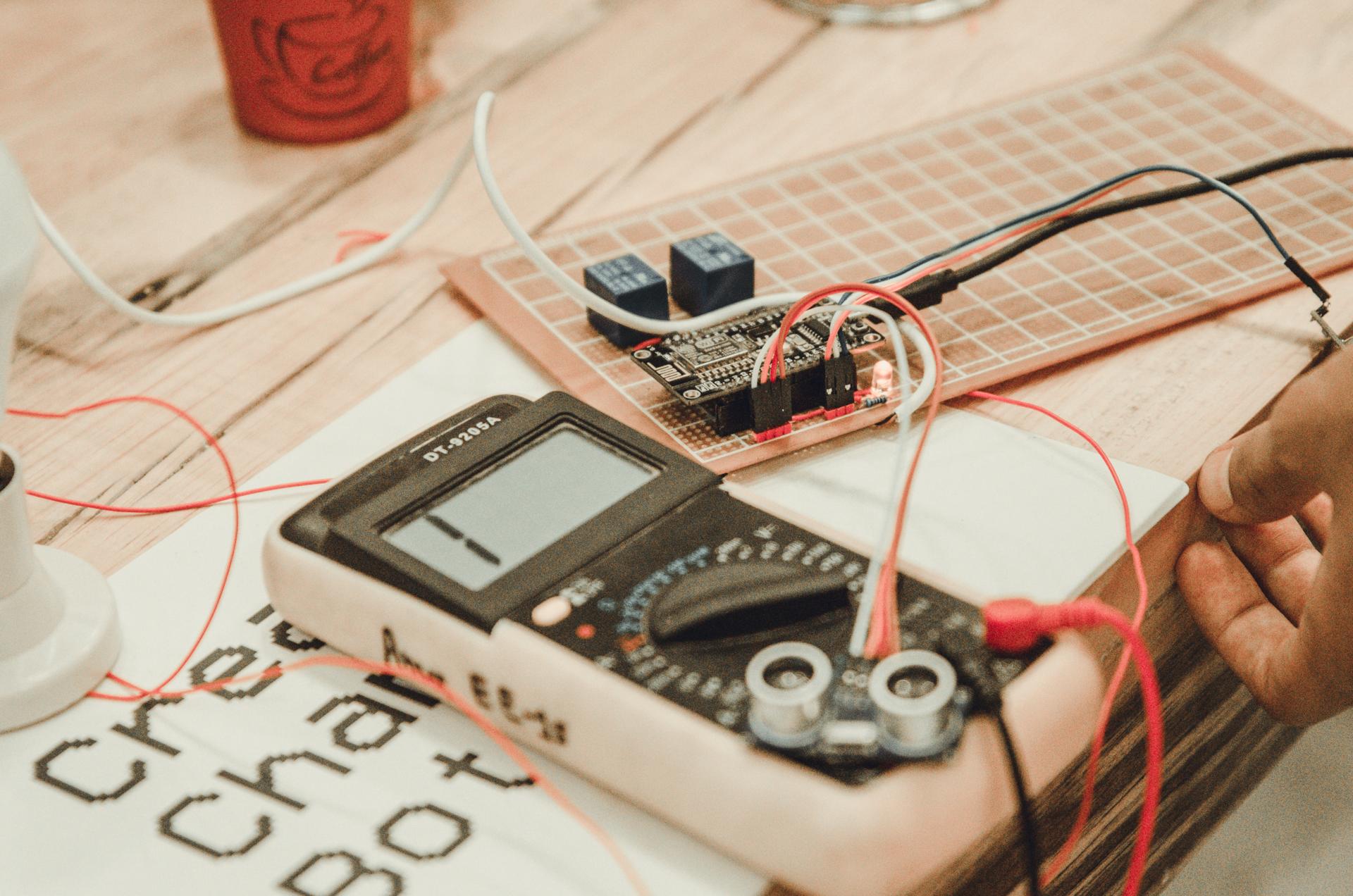Never Risk Your Security: Follow These Steps to Perform an Electrical Security Test at Home.

In terms of home safety one of the primary aspects to be considered is the safety of electrical wiring. Testing for electrical safety is the process of checking the electrical system within your home to be sure that it is safe and in compliance with the latest standards. In this article we’ll provide information on what the electrical safety tests are, what equipment you’ll need for conducting them, the best method to perform the tests, and the warning signs to be aware of.
What’s what is an Electrical Safety Test?
A safety test for electrical appliances is the procedure of examining the electrical system in your home to ensure that it is safe and working correctly. The importance of electrical safety tests is as they help to in preventing electrical fires and electrical accidents as well as ensure the durability the electrical systems you have.
Equipment Required to conduct an electrical Safety Test
In order to conduct an electrical safety test, you’ll need some essential tools. This includes an electrical voltage tester as well as a continuity tester, circuit tester along with outlets tester. The voltage tester is used to check for live circuits, while the continuity tester checks for broken circuits. Circuit testers are used to detect wiring problems as well as the outlet tester is used to check for electrical issues in outlets. It is essential to utilize the tools correctly in order to obtain accurate results.
How do you conduct an electrical Safety Test
To conduct an electrical safety test in your home take these steps:
Shut off the power supply on the circuit or circuits you’re conducting tests on.
Utilize your voltage tester to look whether there are live circuits.
Make use of this continuity tester to check for damaged circuits.
Utilize the circuit tester for checking for wiring faults.
Utilize the tester for outlets to look for electrical problems in the outlets.
During the testing process make sure you look for signs of damage or wear on the wires, such as frayed or broken wires, burn marks, as well as loose or damaged connections. If you discover any problems you need to fix the issues as soon as you can to prevent potential hazards.
The Signs of Electrical Issues to be Watchful For
There are many warning signs that could indicate electrical problems in your home. They include flickering light bulbs frequently tripping the circuit breaker, buzzing or crackling sounds emanating from outlets. They also include hot or discolored outlets and a smell of burning. If you notice any of these warning indicators, you must act immediately to prevent any electrical dangers.
Conclusion
Electrical safety tests are crucial to ensure your safety and your family. By conducting regular tests and taking care to address any issues immediately to avoid any potential dangers to your electrical system and prolong the lifespan of your electrical system. If you require assistance with electrical testing and repairs, don’t hesitate to contact Local Electrician Richmond. Our knowledgeable team will provide you with expert guidance and assistance. Contact us at 1300 610 481 to schedule an appointment or request a quotation.
FAQ Section
What is the recommended frequency to conduct an electrical safety check in my home?
We suggest conducting electrical safety tests at least every year.
Can I conduct an electric safety check on my own , or do I need a professional?
While it’s possible to perform the electrical test by yourself, it’s recommended to hire an expert to ensure the accuracy of results and prevent potential hazards.
What are the most frequent electrical issues that are discovered in an electrical safety check?
The most frequently-repeated electrical issues that are discovered during a safety test are defective wiring, circuits that are overloaded, and outdated electrical systems.
What do I do if encounter a problem during the electrical safety test?
If you spot a problem in the electrical safety test it is important to act immediately. This could include calling a professional electrician to resolve the issue, or replacing faulty equipment.
